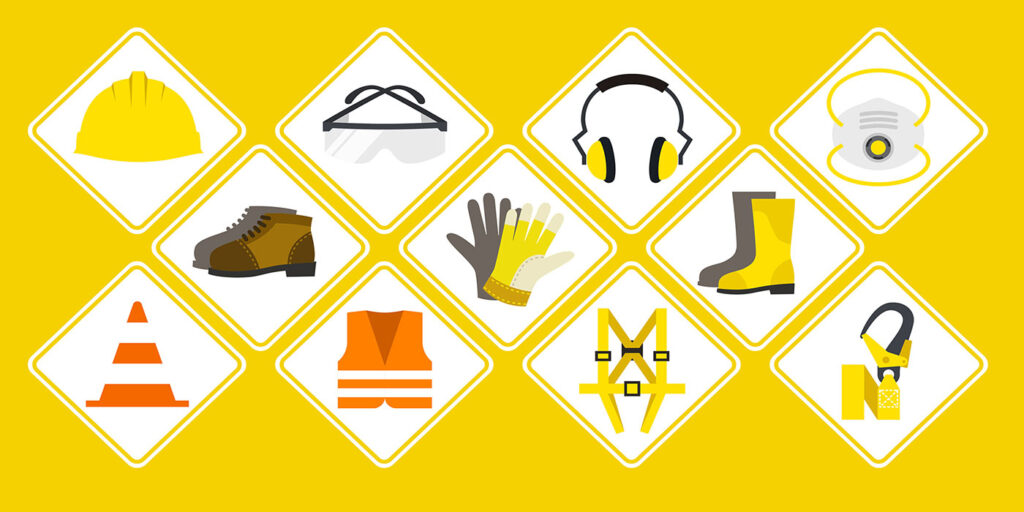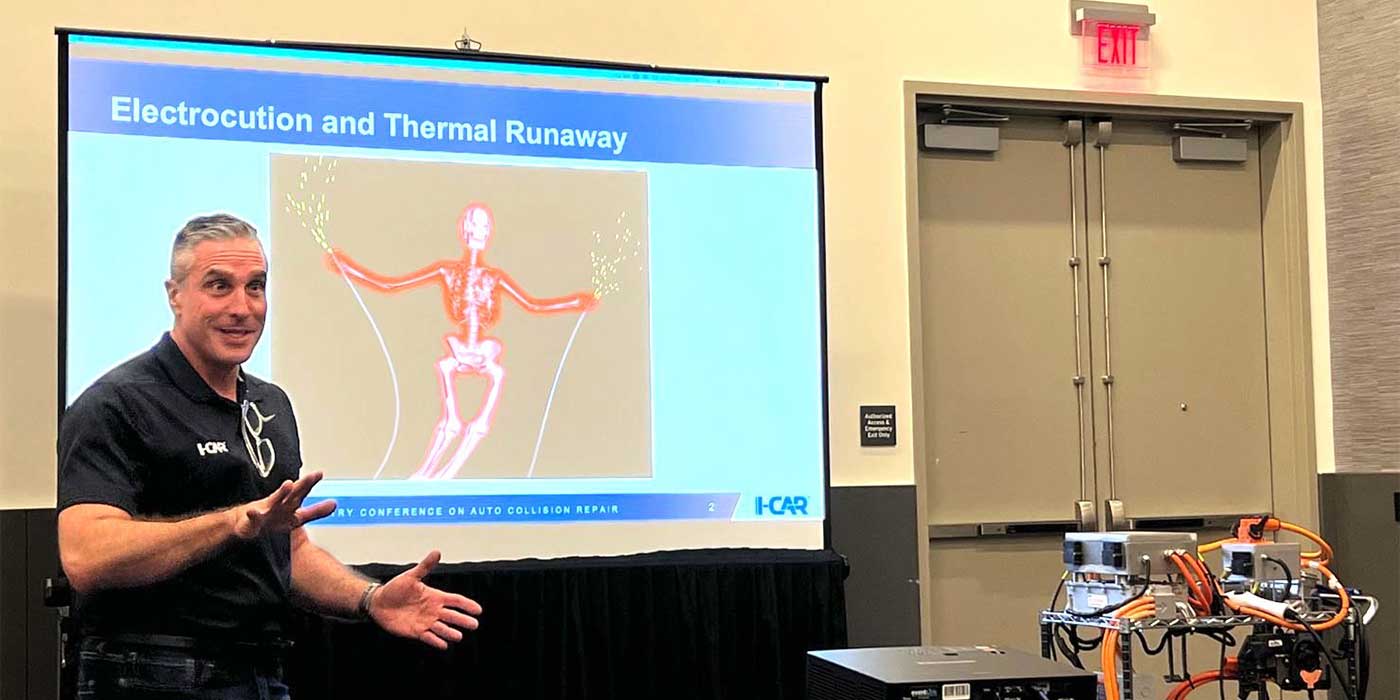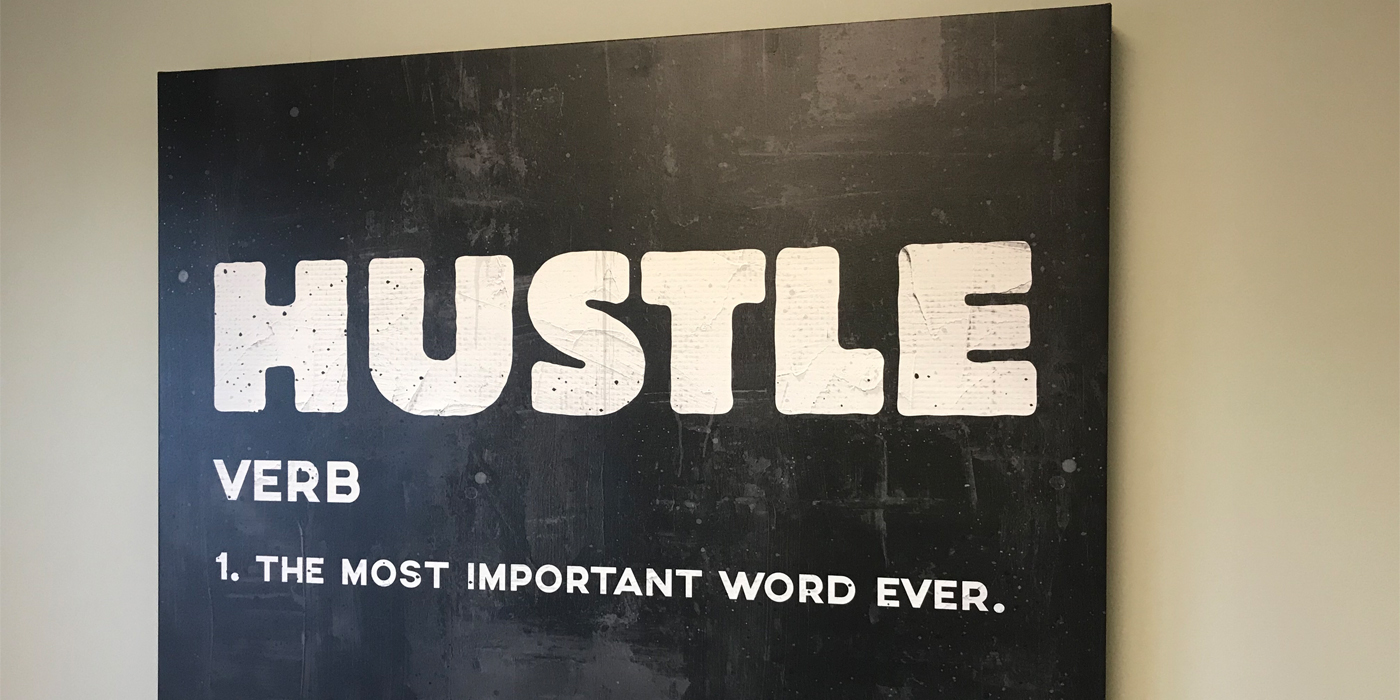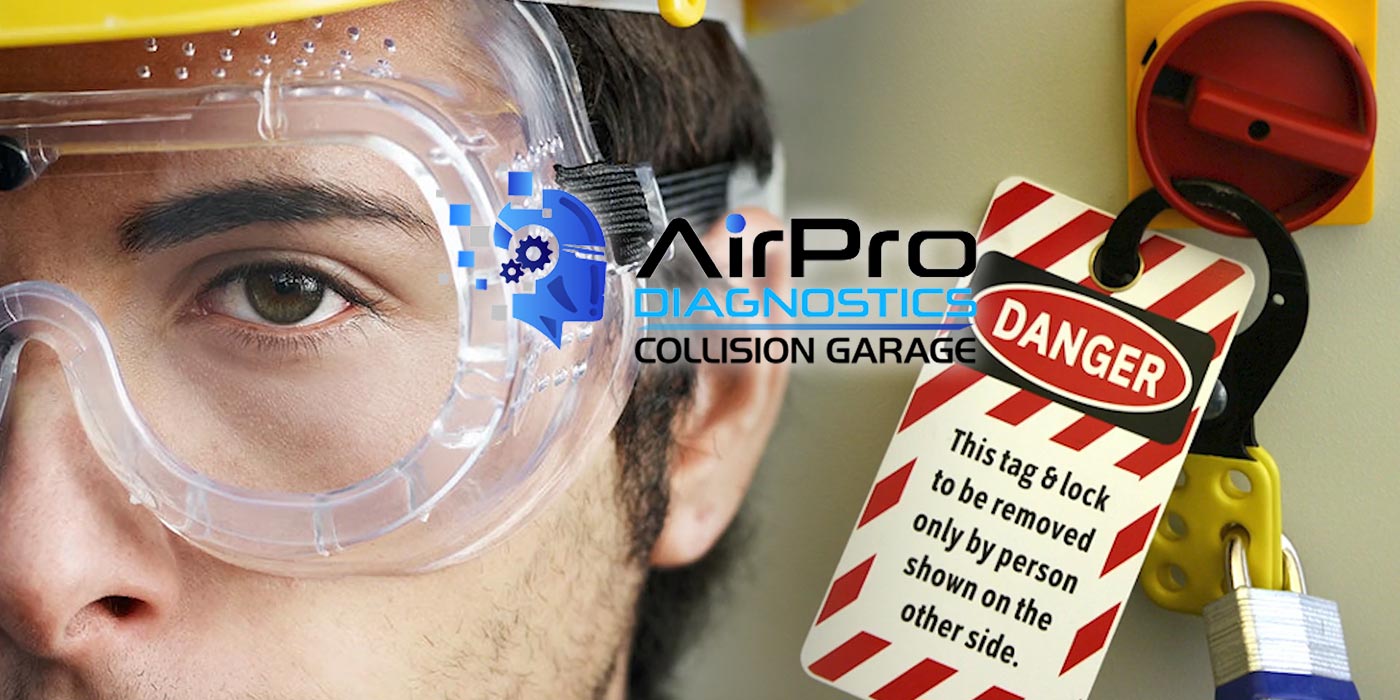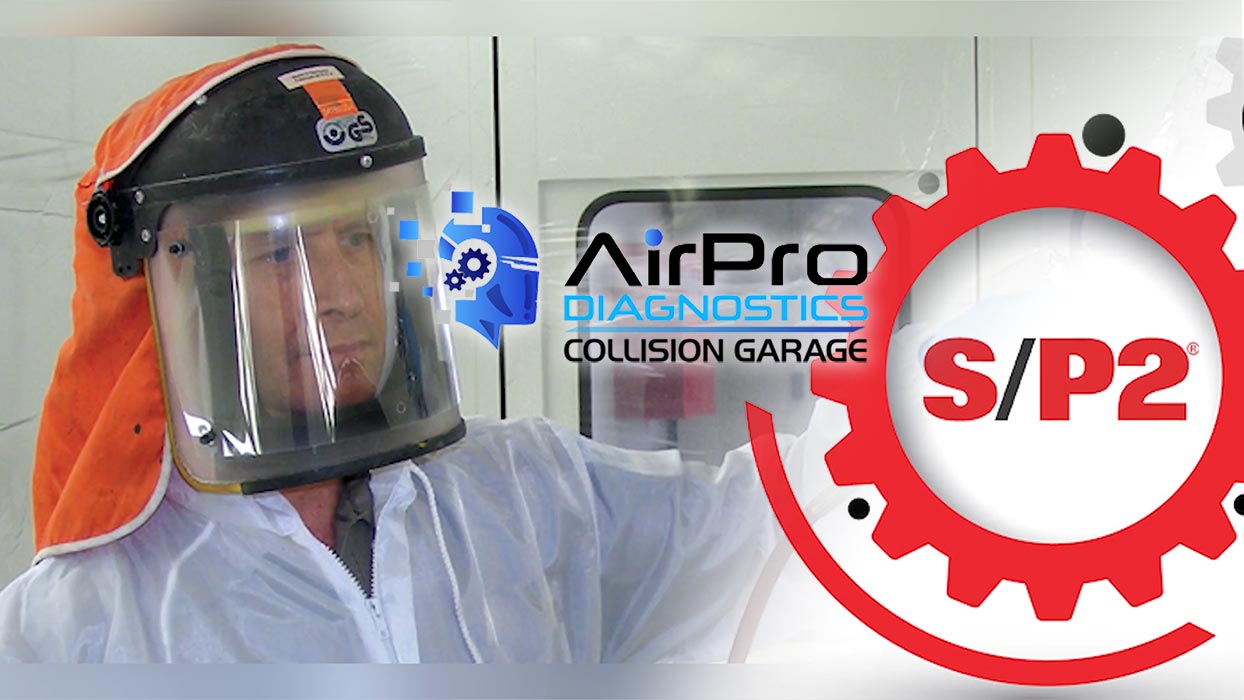In March 2021, a 43-year-old worker at a vehicle aluminum parts manufacturer in Ohio was struck by a machine’s barrier door. He was loading a part into the machine when the barrier door closed on his head and killed him. The company now faces more than $1.6 million in penalties for 38 safety and health violations. Let’s take a look at what went wrong.
Taking Notes
According to OSHA, the company had a history of safety failures. For example, the company had signed formal settlement agreements to resolve OSHA citations for violations found during inspections between 2015 and 2017. They also hired a third-party consultant to conduct comprehensive audits between 2017 and 2019. The audits identified specific program deficiencies and provided recommendations, but the company failed to fully implement those recommendations.
Takeaway no. 1: Has your shop ever been penalized for OSHA violations? Did you promptly correct the situation and put in fail-safe measures so the accident or incident would not happen again? If not, it’s time to review. According to OSHA, the company allowed employees to bypass guarding mechanisms designed to protect employees from the barrier door closing on them.
Takeaway no. 2: Do you have machines in your shop that should be guarded? Remember, OSHA in 29 CFR 1910.212 says that any machine part, function or process that may cause injury must be safeguarded. In other words, guards are installed on machines and power tools for a reason: to protect you from crushing a finger or losing an arm. Some examples of machine guards are barrier guards, two-hand tripping devices and electronic safety devices. Employees should make sure guards are in place properly before they use a tool and to never disable a tool’s guard for any reason. OSHA says a malfunction in the door’s optic control existed prior to the deadly incident.
Takeaway no. 3: Look around your shop. Are there accidents just waiting to happen? Is there anything you know you should fix but haven’t had time to do so? Take care of it now before an accident or injury happens. The investigation also identified problems with lack of lockout/tagout protective procedures throughout the facility.
Takeaway no. 4: Do you have machines in your shop that periodically go down for maintenance and force you to perform lockout/tagout procedures? As a reminder, OSHA in 29 CFR 1910.147 says that workers who service or maintain equipment or machines can be injured or killed if hazardous energy is not controlled properly. These accidents account for nearly 10% of the serious accidents in many industries. Lockout/tagout procedures help protect workers from hazardous energy and must be followed to the letter. OSHA says the company also lacked effective process safety management procedures. These include protecting employees from burn and explosion hazards caused by pooled water on the floor, providing personnel with appropriate protective equipment, training workers adequately about hazards and safety procedures, recording employee training and developing emergency action plans.
Takeaway no. 5: In addition to recognized standards such as PPE or respirators, remember that employers can be cited for violation of the general duty clause if a recognized serious hazard exists in their workplace and the employer does not take reasonable steps to prevent or abate the hazard.
The following elements are necessary to prove a violation of the general duty clause:
- The employer failed to keep the workplace free of a hazard to which employees of that employer were exposed.
- The hazard was recognized.
- The hazard was causing or was likely to cause death or serious physical harm.
- There was a feasible and useful method to correct the hazard.
Following this incident, OSHA issued four repeat (the business has already been cited for the violation), 18 willful (full knowledge that a business is violating the law and no intention of changing the behavior) and 16 serious (high risk of potential injury, illness or death to workers) safety and health violations.
In addition, the manufacturer was placed on OSHA’s severe violators enforcement program. This program was established in 2010 to focus on employers who continually disregard their legal obligations to protect workers. As part of the program, a business is subject to increased inspections, such as mandatory follow-up inspections of a workplace found in violation and inspections of other worksites of the same company where similar hazards or deficiencies may be present.
Takeaway no. 6: OSHA will continue to enforce rules and encourage companies to emphasize the importance of complying with safety and health requirements that can save lives. Your shop does not want to be on the list of severe violators!
Do It Right
As mentioned before, this company was aware of the problems, was repeatedly warned about the hazards and failed to address them adequately. Show your employees you value their safety above all else, and don’t let inattention or negligence be the reason someone in your shop is put in danger, injured or even killed.

